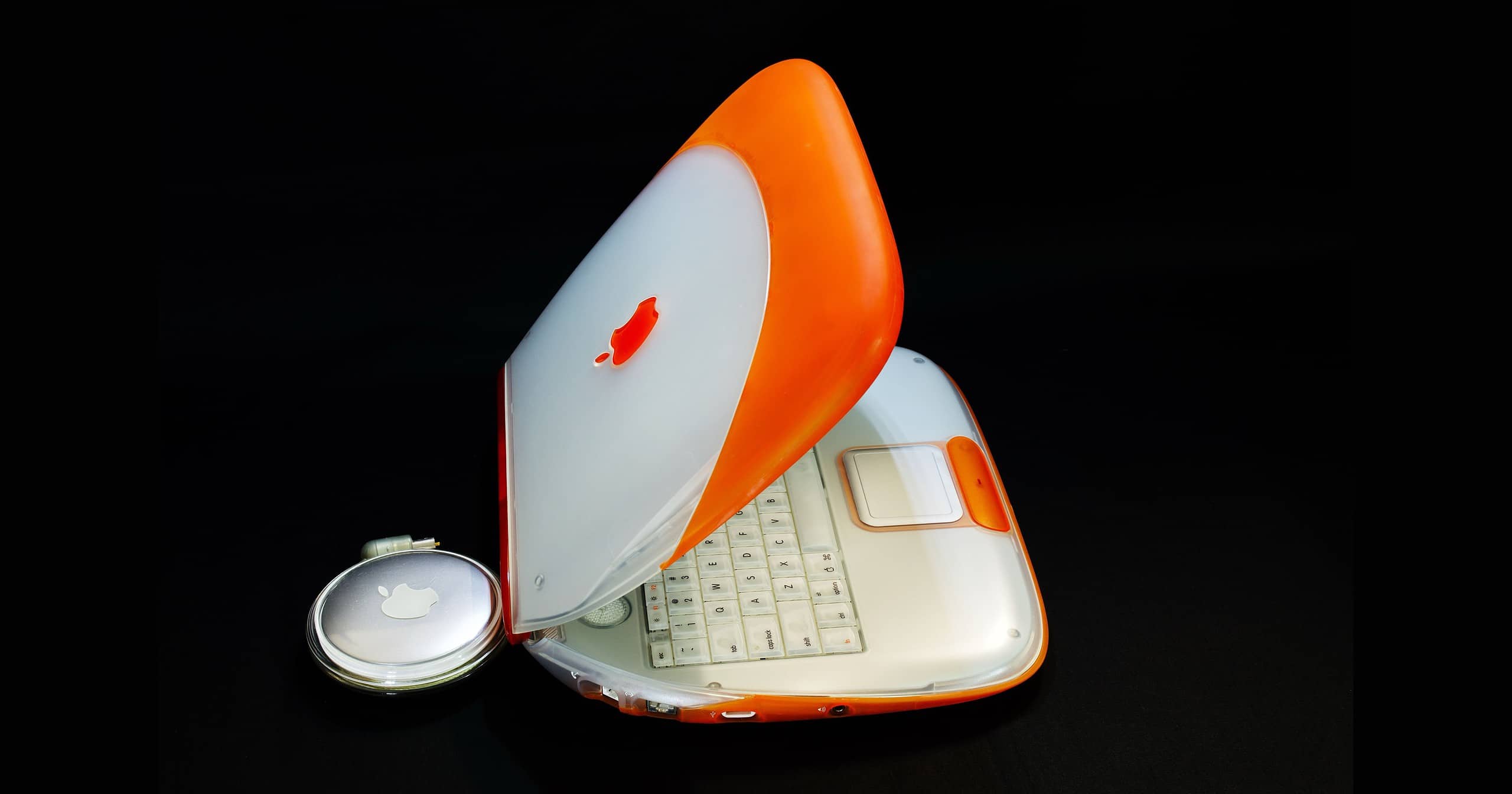An uncorroborated report suggests that Apple is contemplating the introduction of an exceptionally low-cost MacBook line aimed at the educational sector. The proposition indicates a price tag dramatically lower than that of the entry-level MacBook Air.
Sketchy Suggestions of a Low-Cost MacBook for the Education Market
The report hints that Apple aims to go toe-to-toe with Chromebooks and may unveil these budget-friendly MacBooks sometime in the latter half of 2024. Despite the buzz, Digitimes‘ report offers almost no specifics and acknowledges a lack of corroborative evidence from the supply chain.
Insiders suggest that Apple is mulling a distinct product line to segregate these low-cost MacBooks from the existing MacBook Air and Pro variants. While retaining a metallic exterior, the cost-effective models would incorporate alternative materials.
These adjustments in material components would help keep the retail price down, targeting educational users. Currently, Chromebooks dominate that market niche.
Lack of Evidence From the Supply Chain Casts Doubt on the Rumor
However, key manufacturing partners Quanta Computer and Foxconn show no indications of activity correlating with this speculative product line.
That makes any possible launch in the first half of 2024 very implausible. The assertions rest on nebulous “industry sources,” with no verifiable evidence in the supply chain.
Analyzing the Possibilities
Entering the Chromebook-dominated educational arena is not an endeavor Apple could take lightly. Educational shoppers widely adopt the Chromebook specifically for its affordability. After all, the laptops often retail for under $200.
The prospect of Apple offering a MacBook at a similar price point strains credulity, given their refusal to compromise on material and component quality. Apple is not a brand synonymous with the “ultra-budget” category.
Moreover, the educational sector is not merely driven by cost; it’s also an ecosystem built around Chromebooks and Google’s suite of services. This creates its own set of barriers to entry for rival operating systems, including macOS.
Apple’s own productivity apps and iCloud services would need to offer something extraordinary to infiltrate this highly specialized market.
Previous Endeavors and Risks
Historically, Apple has focused its educational initiatives around iPads rather than MacBooks. Yet even with iPads, Apple faces stiff competition from more economical and versatile Chromebooks.
Brand dilution poses another conundrum. Apple’s existing MacBook line starts at $999, with educational discounts bringing the base MacBook Air down to $899.
Introducing a MacBook variant at a few hundred dollars could undercut their premium product lines, even if these low-cost units are earmarked solely for educational institutions. A workaround could involve restricting sales to educational entities only, but that could potentially alienate a broader consumer base aware of a cheaper alternative.
Historical Context Behind Apple and the Education Market
Apple once saw the educational market as crucial for seeding future consumer loyalty. In the early 2000s, the eMac was targeted specifically for educational institutions.
However, even these models were not priced for the budget-conscious, costing around $1,099—approximately $1,900 in today’s dollars.
Apple has dabbled with economic materials in the past, such as the iBook series introduced in 1999. Yet these laptops were still far from budget-friendly.
Today, MacBooks exist in various tiers, from Air to Pro, but none reach the aggressively low pricing suggested by Chromebook comparisons.
A Speculation Worthy Only of a Grain of Salt
Though Apple has historically targeted the educational sector, it has never ventured into the ultra-affordable zone. While high-end Chromebooks have prices closer to entry-level MacBooks, it remains highly speculative to expect Apple to introduce an ultra-low-cost MacBook aimed squarely at educational establishments.
